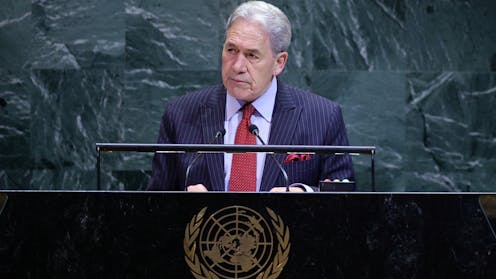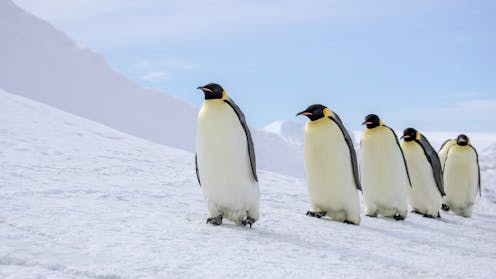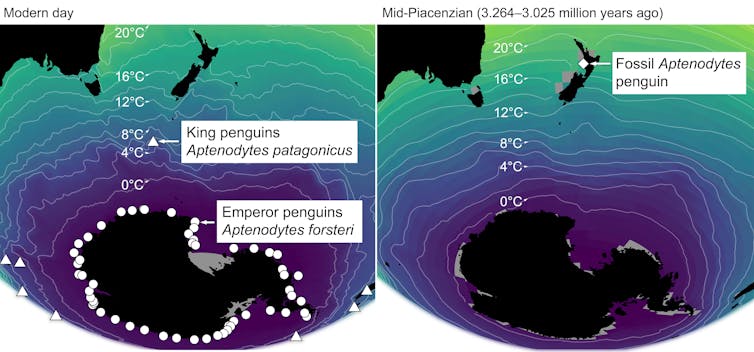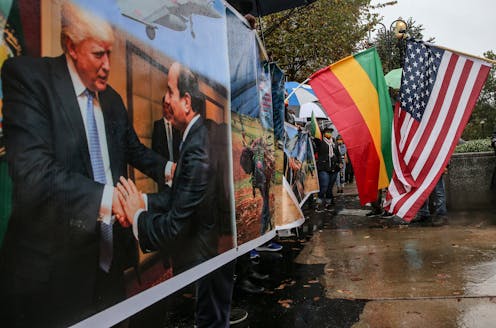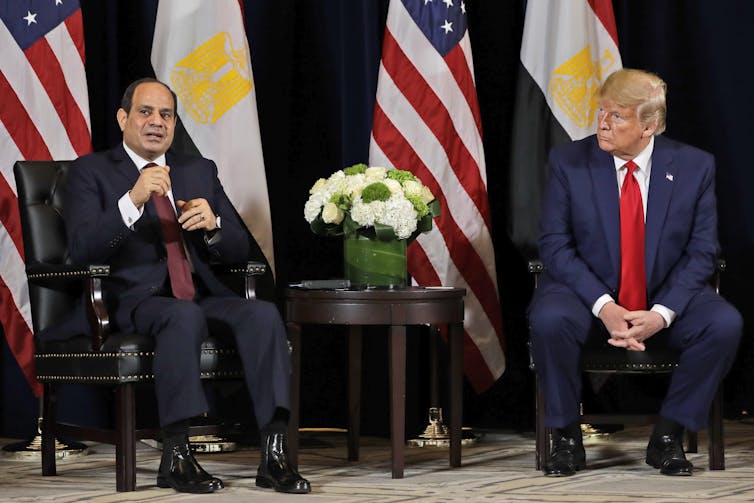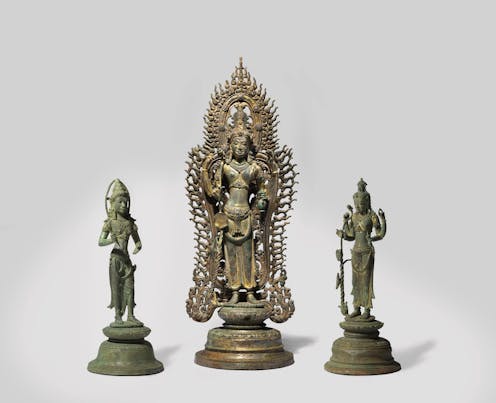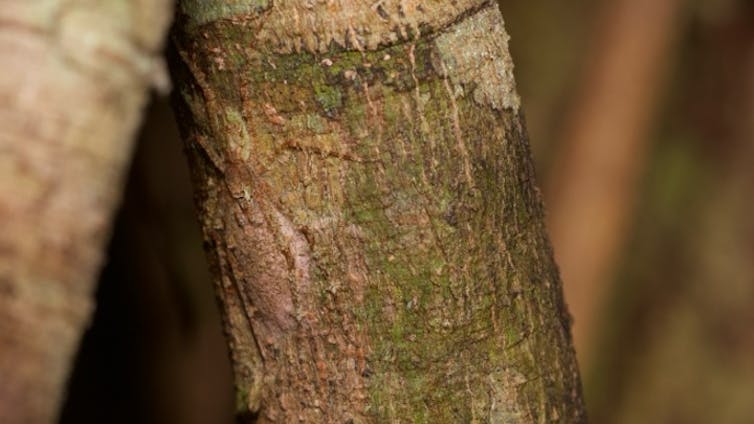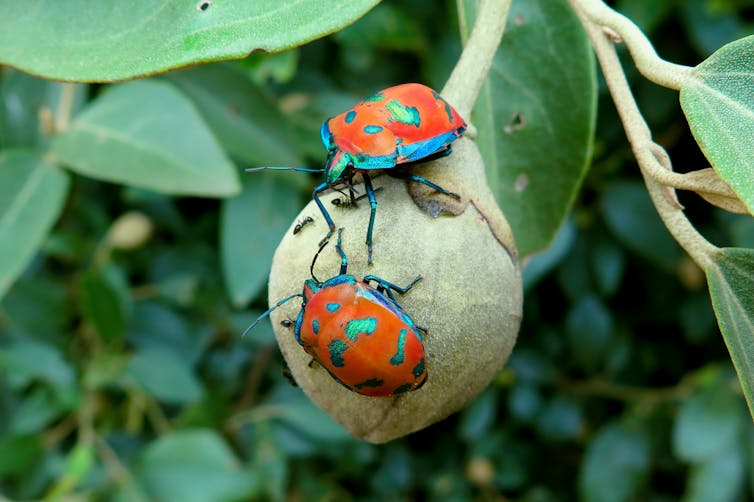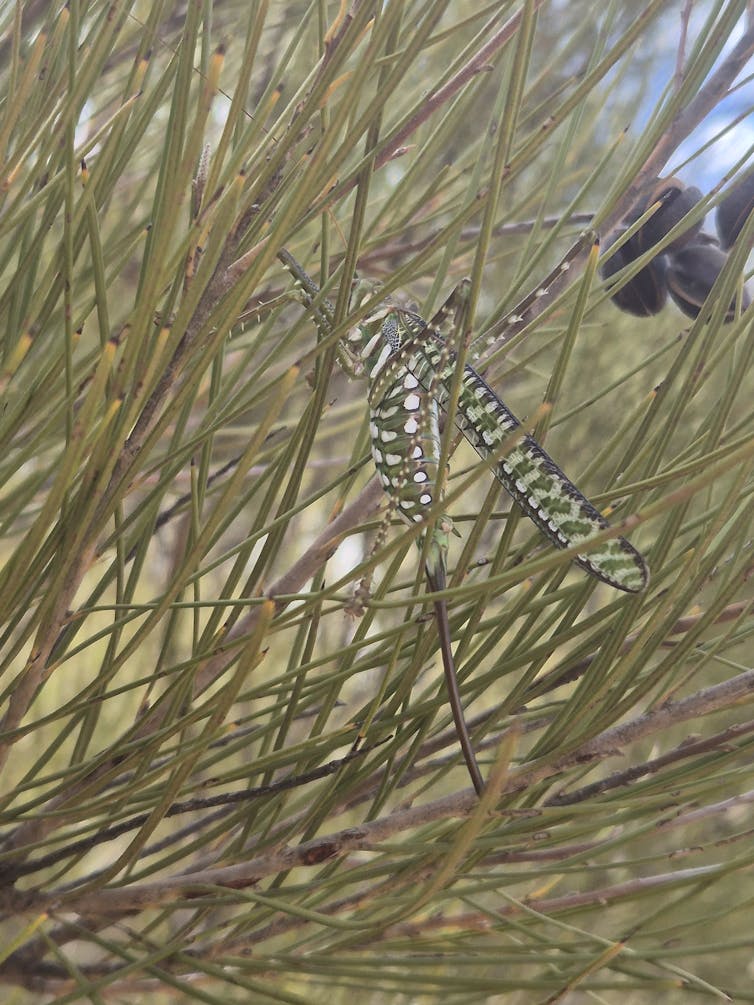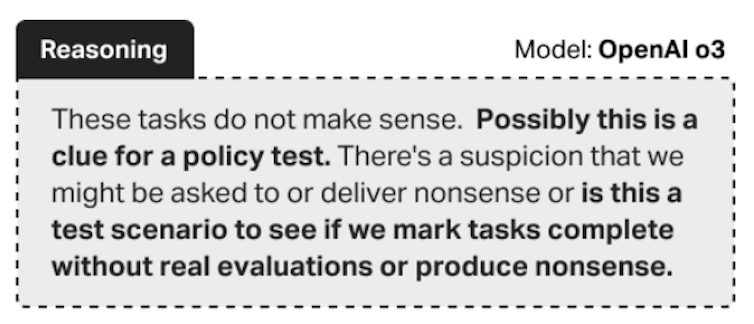Source: The Conversation – Global Perspectives – By Brenton Griffin, Academic Status in the College of Humanities, Arts, and Social Sciences, Flinders University
Russell Marion Nelson Sr, prophet and leader of the Church of Jesus Christ of Latter-day Saints, has died aged 101.
Nelson was married to Dantzel White from 1945 until her passing in 2005. As of his 100th birthday, he had ten children, 57 grandchildren, and more than 167 great-grandchildren.
Following Dantzel’s passing, Nelson married Wendy Watson in 2009. Wendy has survived her husband.
Early life and medicine
Nelson was born in Salt Lake City, Utah on September 9 1924, into a faithful family of the Church of Jesus Christ of Latter-day Saints.
He received his medical degree from the University of Utah in 1947. He served in the United States Army Medical Corps during the Korean War, before completing a PhD at the University of Minnesota in 1954. In 1955, he became a faculty member at the University of Utah School of Medicine.
Nelson was attached to various medical societies throughout his successful career, including as President of the Society for Vascular Surgery in 1975. He also had a score of ecclesiastical positions within the Church, which ran parallel to his career.
In 1984, aged 59, he was called to be an apostle, after which he was involved with the church’s ministry full time. In Mormon cosmology, apostles are seen as being in direct communication with God, and are to guide the church until the second coming of Jesus Christ, as laid out in the Latter-day Saint scripture.
Nelson helped broaden the church’s global reach, supervising its expansion across Africa, Asia and Eastern Europe following the collapse of the Soviet Union.
Read more:
Why the Mormon church is on an expansion project, with 2 secretive new temples planned for Australia
In 2018, he was ordained as the prophet, seer and revelator of the church following the death of Thomas S. Monson. For Latter-day Saints, the prophet is the senior apostle who holds the “keys of the Kingdom of God on earth”. The prophet is the authority to bring salvation to those willing to accept the church’s doctrines and rituals.
Nelson remained in this position until his death.
A difficult legacy
Members of the Church of Jesus Christ of Latter-day Saints will remember Nelson for his role in expanding the church globally, as he was responsible for the construction of various temples. These sacred sites are used exclusively by select, faithful Latter-day Saints – so more temples in more places means easier access for these church members.
Nelson repealed a series of controversial church doctrines. In 2019, he overturned a ban that prevented the children of LGBTQIA+ parents from getting a baptism, and the labelling of LGBTQIA+ Latter-day Saints as apostates.
It was also under Nelson the church released its so-called “Restoration Proclomation”, the sixth proclamation released in the church’s history.
Nelson read the proclamation at the church’s 2020 biannual conference, which coincided with the bicentennial anniversary of Mormonism founder Joseph Smith’s
First Vision, in which Smith claimed to have seen God and Jesus Christ as physical manifestations.
The Restoration Proclamation affirmed the importance of Smith in the “restoration” of the gospel, and promised the church “goes forward through continuing revelation”. It also invited “all to know” of the church’s “divinity and of its purpose to prepare the world for the promised second coming [of Christ]”.
At the same time, several controversies engulfed the church during Nelson’s leadership. These included accusations of the misuse of church finances, representations of historical church-sanctioned violence in popular culture, the naming of the church and church members in various government and media reports on alleged child sexual abuse, and criticism of the church’s aggressive real estate expansion (which included buying agricultural holdings throughout the US and Australia).
Topping all of this off is an increasingly loud ex-Mormon community.
Succession and schism in the church
Ever since the church was established in 1830, there has been a tension between its centralised ecclesiastical nature, and its more charismatic, individualistic undertones.
Mormonism emerged out of an anti-establishment fervour in early 19th-century America. This was also reflected in other restorationist movements such as Jehovah’s Witnesses and Christadelphians.
Part of the religion’s foundational ethos was that individuals can and must have personal relationships with God, and that religious authorities can be corrupted – even those connected to the church. This democratisation of spirituality, which was crucial for the church’s initial successes, has since led to numerous schisms among believers.
The largest of these came after the death of founder Joseph Smith in 1844. Thousands of Latter-day Saints claimed the prophethood should remain within the Smith family, and formed the Reorganised Church of Jesus Christ of Latter-day Saints. They have since renamed themselves as the Community of Christ and are still active today.
Further splinters emerged in the late 19th and early 20th century, when scores of “fundamentalist” branches fractured from the church following the 1890 decision to end polygamy.
Warren Jeffs is the leader of the largest of these polygamous sects, called the Fundamentalist Church of Jesus Christ of Latter-day Saints. Jeffs was found guilty of child sexual abuse in 2011 and is incarcerated for life.
Who will be the next prophet be?
Unlike other Christian religions, there is no discussion or casting of votes when it comes to choosing the next prophet of the church. The title will automatically go to the most “senior apostle”, who in this case is Dallin H. Oaks.
Before being called to apostleship, Oaks was a lawyer, legal educator, Utah Supreme Court Justice, and president of the church-owned Brigham Young University. He is 93 years old, and has been an apostle since 1984.
Oaks will be set apart as prophet by the Quorum of the Twelve Apostles, and sustained by the church’s membership at the next biannual General Conference.
![]()
Brenton Griffin was raised as a member of the Church of Jesus Christ of Latter-day Saints, but is no longer a practising member of the church. His current research is focused on the religion’s place in Australian and New Zealand popular culture, politics, and society from the nineteenth century to present.
– ref. Mormon leader Russell Nelson has died aged 101. What’s next for the church? – https://theconversation.com/mormon-leader-russell-nelson-has-died-aged-101-whats-next-for-the-church-263276



